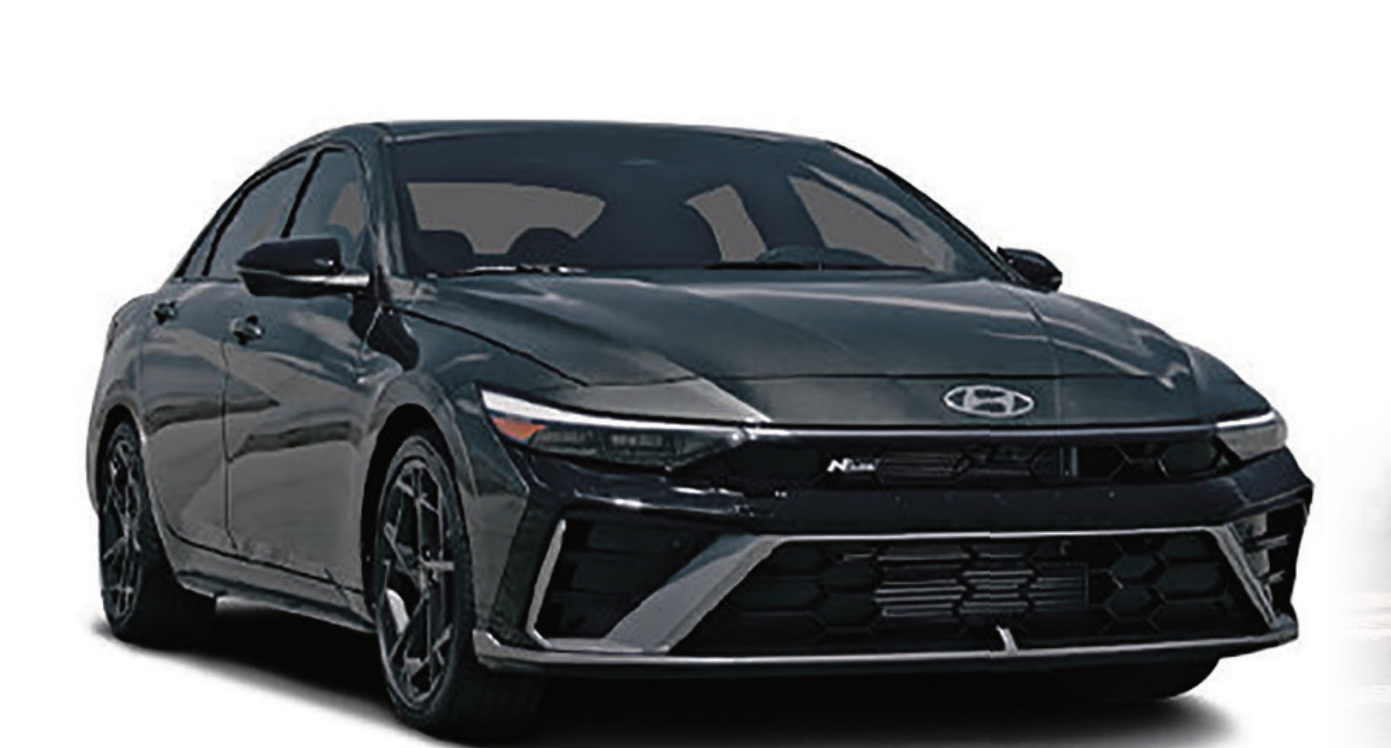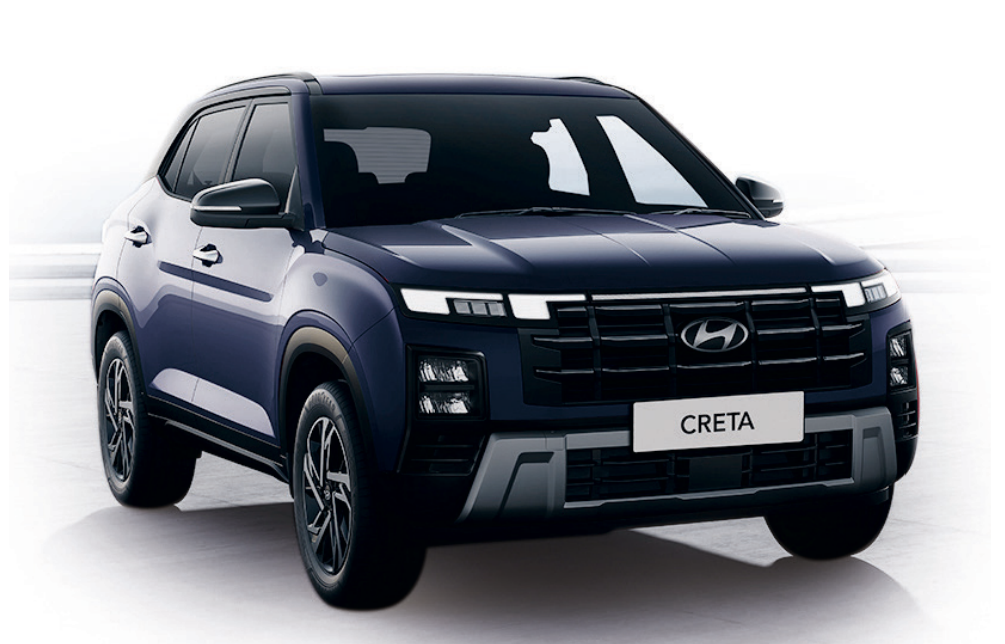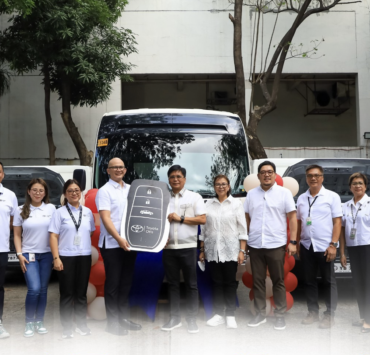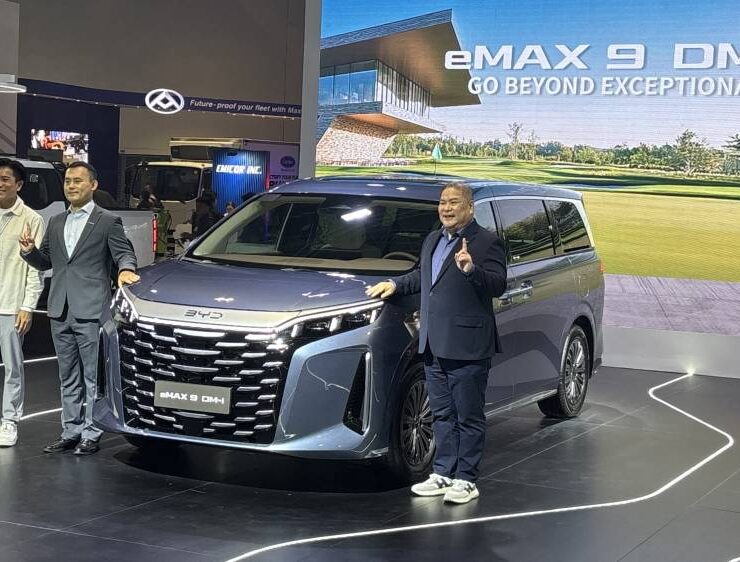Will Hyundai PH’s ‘triple threat’ leads to 2025 sales surge?

Hyundai Motor Philippines (HMPH) has been pushing hard this year following an impressive showing in 2024.
The South Korean carmaker, which came under new management last July 2022, ranked eighth in last year’s sales charts. Data from the Chamber of Automotive Manufacturers of the Philippines Inc. showed that HMPH sold 12,023 units that year, which is some 32 percent higher than in 2023.
Its best-seller was the Stargazer/Stargazer X seven-seat, multi-purpose vehicle that accounted for over half of the company’s turnout at 6,068 units. And with the launch of the complete Elantra lineup last April and the debut of the facelifted Creta crossover in May, HMPH is now in some of the hottest segments in the local automotive market.
We take a look at the carmaker’s prospects as we enter the halfway mark of 2025.

Electrified comeback
If you’ve seen the official HMPH Facebook page recently, you’ll notice posts about a bright-green car that the company will debut on June 20 at the swanky Bonifacio High Street in Taguig City.
A bit of digging around has led us to the all-new Hyundai Kona crossover, which features the highly distinctive paintjob and LED light strip that have been making the rounds online. The previous-generation Kona, packing a 2.0-liter inline-4 gasoline engine, was sold until 2022.
This latest Kona was launched worldwide in 2023 on an all-new platform, sporting more futuristic styling. Although final Philippine specifications have yet to be announced, it is available in other markets with a variety of gasoline and turbodiesel powertrains.
But it is highly likely that HMPH will add to its electrified lineup by bringing in the Kona hybrid-electric vehicle (HEV), which is powered by a 1.6-liter, twin-cam, 16-valve inline-4 gasoline engine mated to an electric motor. Combined output is 139 horsepower and 265 Newton-meters of torque, coursed through a 6-speed dual-clutch transmission (DCT).
Since the Kona has traditionally slotted under the Tucson, this subcompact crossover will likely lock horns with the likes of the excellent Honda HR-V.

Corolla Altis killer?
The latest-generation Elantra has been in the Philippines since April 2024, courtesy of the hard-charging Elantra N.
This halo model packs a turbocharged 2.0-liter, twin-cam, 16-valve inline-4 gasoline engine pumping out 276 horsepower and 392 Newton-meters of torque, mated to an 8-speed DCT. But since most people don’t need to do 0 to 100 km/h in 5.3 seconds, HMPH unveiled the rest of the CN7 Elantra lineup at this year’s Manila International Auto Show.
The range starts with the P1,065,000 GL STD and the P1,140,000 GL – both are powered by a 1.6-liter, twin-cam, 16-valve inline-4 gasoline engine pumping out 126 horsepower and 155 Newton-meters of torque, mated to a 6-speed automatic transmission. These go up against the smaller Honda City and Toyota Vios subcompact sedans.
Next are the P1,480,000 HEV GLS and P1,680,000 HEV Premium that compete directly with the Toyota Corolla Altis Hybrid. These share the 1.6-liter hybrid-electric powerplant in the Kona HEV.
Finally, the exceptional Honda Civic RS Turbo finally has some serious competition in the P1,795,000 Elantra N Line. This gets a turbocharged 1.6-liter inline-4 with 201 horsepower and 265 Newton-meters of torque, which are coursed through a 7-speed DCT.
Given that there is an Elantra for pretty much everyone, this well-priced compact sedan should do very well against its Japanese and Chinese rivals.
Refreshed
Since 2022, the Hyundai Creta subcompact crossover has been taking on the Toyota Yaris Cross and the seemingly endless number of models from China.
And although it wasn’t among the brand’s top-five sellers last year, this may soon change with the launch of the refreshed model last month. Besides sporting more aggressive styling inside and outside, buyers can now choose from two 1.5-liter, twin-cam, 16-valve inline-4 gasoline engines.
The non-turbocharged models, namely the P1,134,000 GL, the P1,254,000 GLS and the P1,333,000 Premium, get 113 horsepower and 144 Newton-meters of torque that are coursed through Hyundai’s Intelligent Variable Transmission. Meanwhile, the turbocharged N Line gets 158 horsepower, 253 Newton-meters of torque and a 7-speed DCT.
Something rather groundbreaking for the segment is the standard Hyundai Smartsense active-safety suite in the Premium and N Line models, which get life-saving features like Smart Cruise Control with Stop and Go, Forward Collision Avoidance Assist, Lane Keeping Assist and Blind Spot Collision Assist.
With an even wider of range of desirable models, perhaps 15,000 unit sales isn’t so far-fetched for this reborn South Korean marque.





















